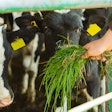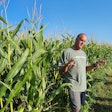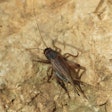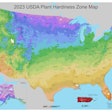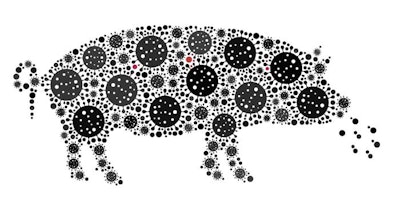
Analysis looks at how the market disruption caused by ASF in China may have led to the pandemic
A recent analysis suggests the pork shortage in China caused by African swine fever (ASF) contributed to the spillover of COVID-19 from animals to humans as people sought out alternative sources of protein.
As ASF devastated China’s pig herd in 2018 and 2019, pork was in short supply and came at high prices. This led Chinese consumers to seek out alternative sources of meat, sometimes including wild and exotic animals, like those that may have been found at a wet market in Wuhan where the virus that causes COVID-19 is thought to have crossed over to humans.
“If more wildlife enters the human food chain, either through (individuals) hunting … or going to market and getting different meat sources – if that increases, it could just increase the contact opportunity,” said one of the authors of the study, David Robertson, professor of viral genomics and bioinformatics at Glasgow University, in a Guardian report. “You’re just increasing the opportunity for the (Sars-CoV-2) virus to get into humans.”
The paper, which has not yet been peer reviewed, draws a connection between regions where pork prices were high and where wildlife is farmed and consumed and human exposure to COVID-19.
“Pork prices were particularly high in southern provinces (Guangdong, Guangxi, Fujian, Jiangxi, Hunan, and Hubei), where wildlife is farmed on different scales and more frequently consumed,” the paper says. “Shandong experienced the biggest losses in pork production (~1.7 million metric tons), which is also the largest mink farming province. Hence, human exposure to SARS-CoV-2 from wildlife or infected animals are more likely to have taken place in 2019, when China was experiencing the worst effects of the ASFV pandemic.”
The study’s authors say the large-scale pork shortages in China disrupted the meat supply chain and consumption structure, “triggering massive and unusual animal and meat movements through food supply and cold chains. This disruption significantly increased the risks of human contact with the infected wildlife animals, their meat, contaminated meat and/or other susceptible animals.” Their hypothesis says these movements resulted in the successful spillover transmission of the virus that causes COVID-19 from animals to humans.
Evidence shows there were multiple factors that led to the transmission of the COVID-19 virus to humans, and we may never know exactly how or where or when that happened. But the idea that the disruption caused by the ASF virus in pigs led to the COVID-19 human pandemic is an interesting one to explore. This study also serves as a reminder of the importance of biosecurity and the monitoring and surveillance of animal diseases, as well as regulations around sanitary and quarantine standards and food inspection systems.
View our continuing coverage of the novel coronavirus (COVID-19) pandemic.
View our continuing coverage of the African swine fever outbreak.








